
BDD + Gherking – BDD = Happiness
Bas will explore a model of happiness to show how tools can improve your life and show you what did not work and why, as well as best practices he has learned from the process.

Bas will explore a model of happiness to show how tools can improve your life and show you what did not work and why, as well as best practices he has learned from the process.
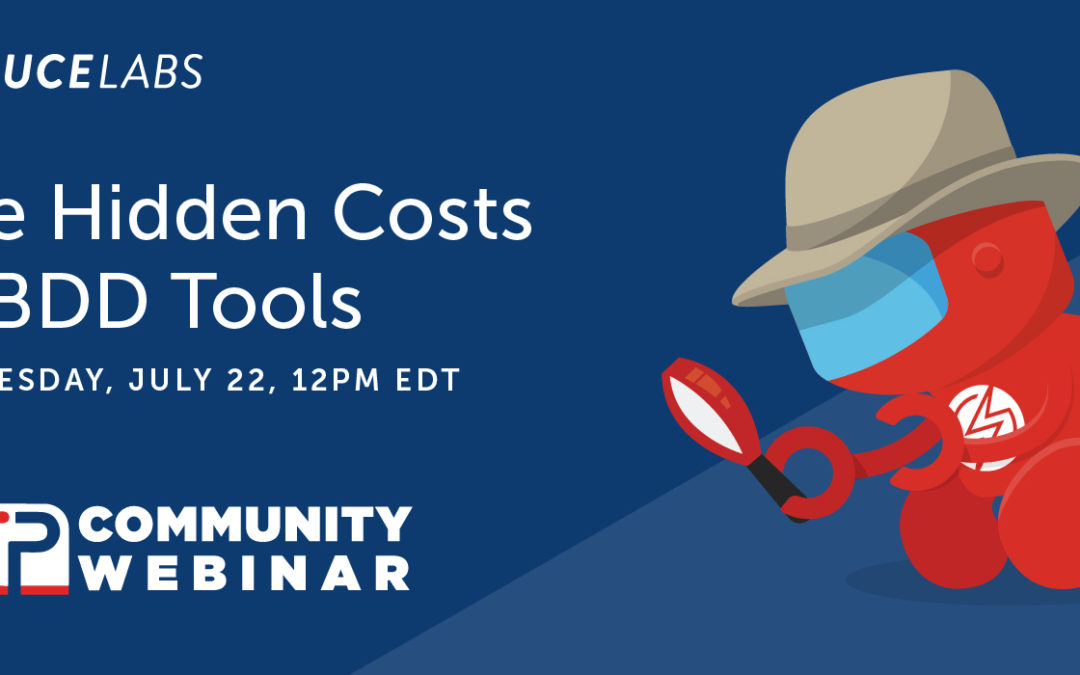
In this talk, Titus Fortner, Senior Solutions Architect at Sauce Labs, will discuss the various reasons why people choose to use BDD tools, and what the benefits are supposed to be. He will then discuss the reality for many companies before getting into some of the inherent underlying issues with BDD tooling, including why teams so often end up in trouble when using them. Finally, there will be a discussion of alternatives and recommendations for getting the most out of your UI testing.
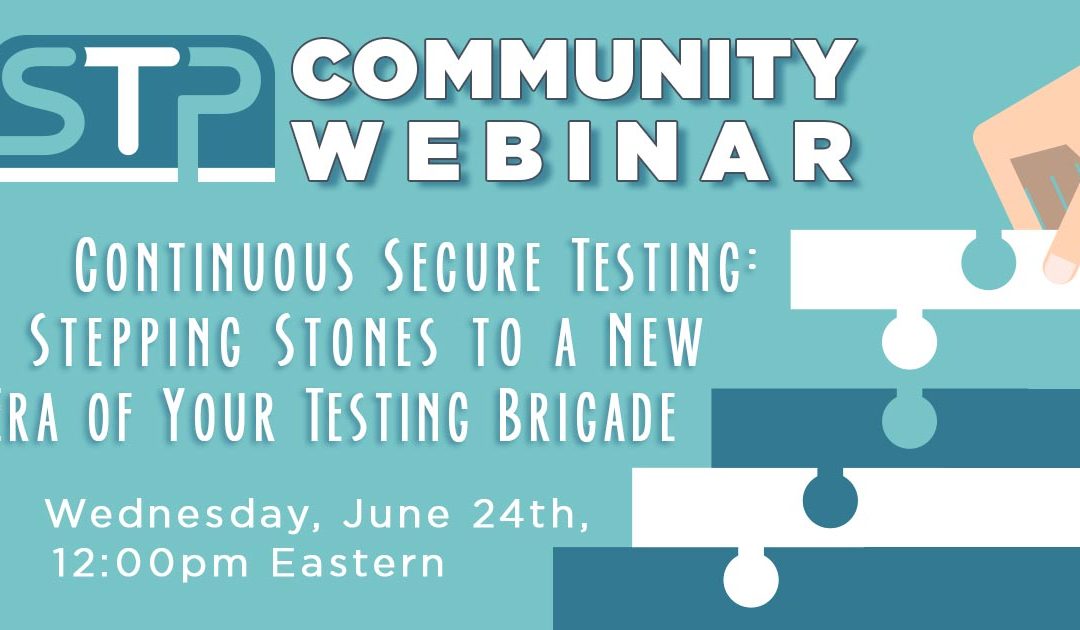
Security has become a necessity in our day-to-day activities. Are we aware of how we can uncover these vulnerabilities? Do we understand the basic security tests that we run? Can we analyze and understand whether the threat found is a false positive or not? How can we make Static Application Security Testing and Dynamic Application Security Testing (DAST) work hand in hand for our benefit? How can we have DAST Automated with our dear Selenium? How can we apply DAST on Mobile Apps? How can we have DAST part of CI/CD pipeline?

The Predictive analysis carries to extract valuable information from the data sets with the help of the statistical algorithms and machine learning to forecast the trends and performance patterns. When it comes to software testing, predictive analytics makes everything clear about what to test and predict the quality issues before and after the production.
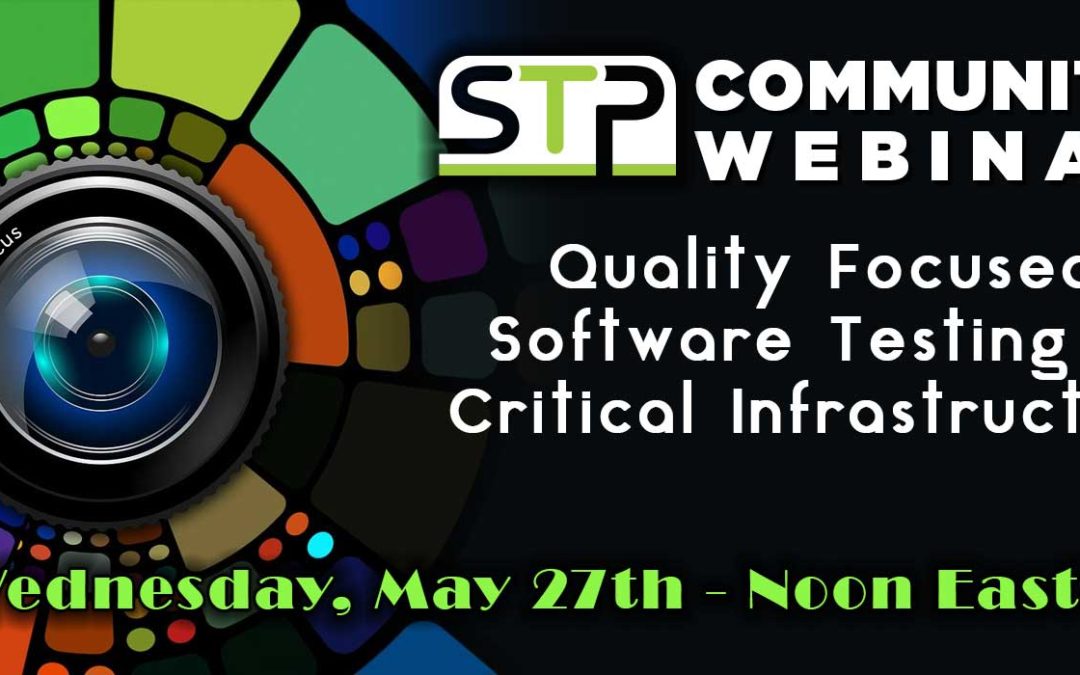
When testing software, it is not uncommon to hear that one hundred percent coverage is unachievable. What happens, then when we are asked to do such a thing. If the software that is being tested is used in critical infrastructure (power systems, water, medical, banking, etc.) then an escaped bug is not a trivial thing.

In this webinar, Lisa Crispin will explore these two sets of principles, how they relate to each other, how teams can benefit from them, and how they might shape the future of testing and quality.
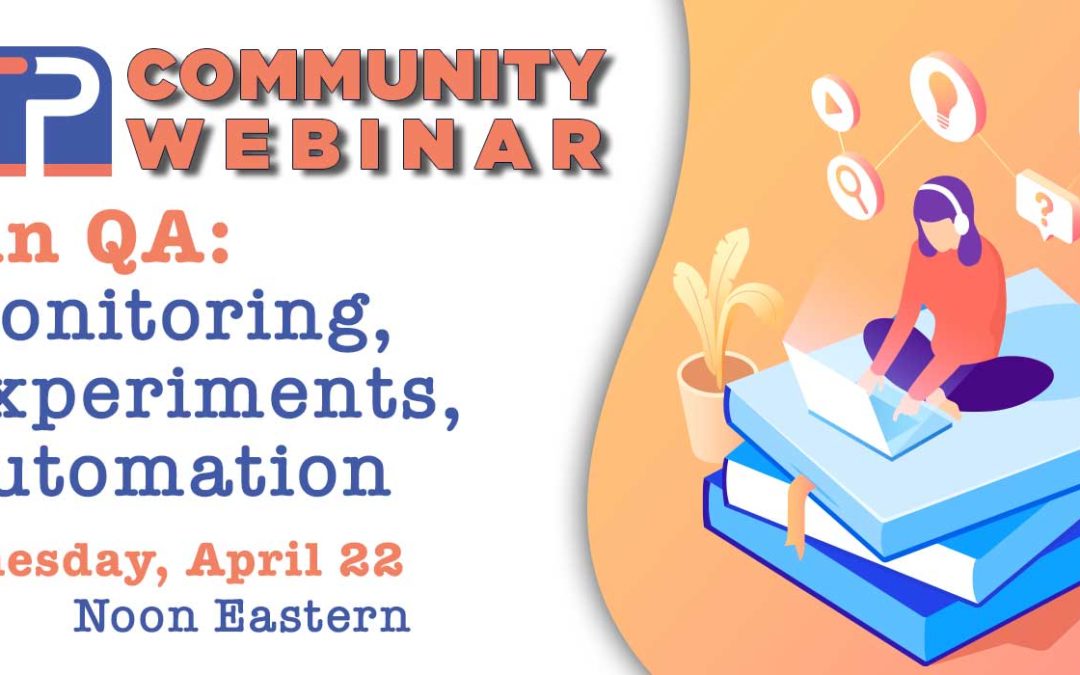
Have you ever wondered if you want/need/able to test in production? Is it even possible without bringing harm to your users? Does it bring any value?

Automated testing and test automation far ago have ceased to remain options or choices for the development projects. Now as the DevOps and Agile approach getting huge traction across projects of all types and lengths, automation seems to have the key development methodologies.
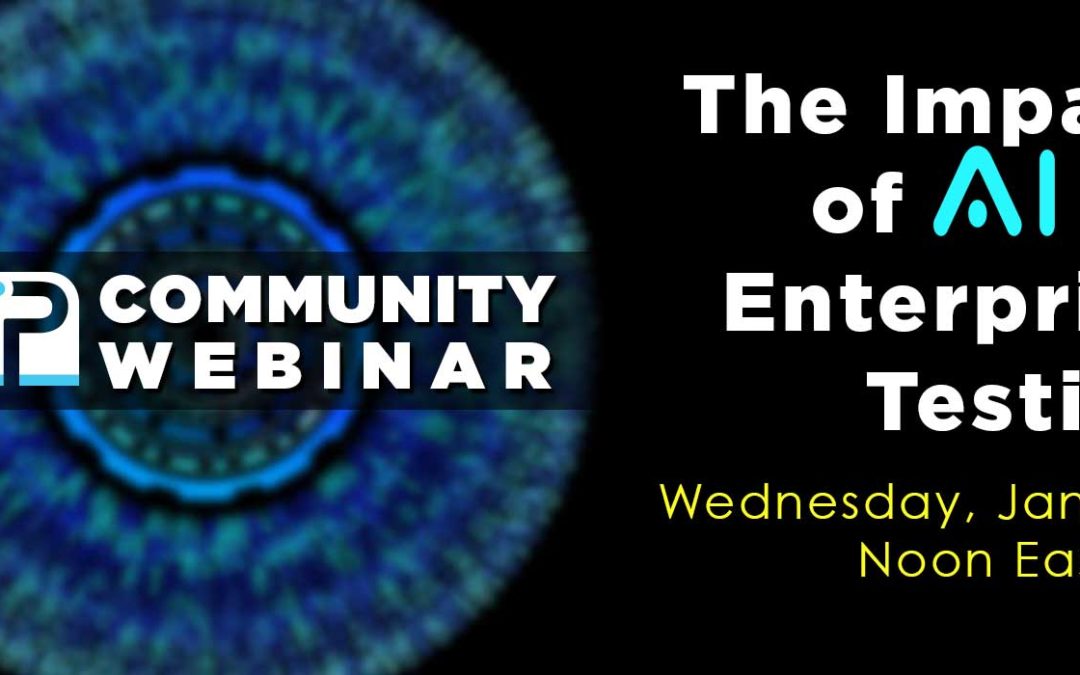
Come join this session, where I cover the basics of AI, existing problems with testing, discuss the key ways software testing can benefit from AI and the challenges involved in implementing AI-based solutions. Attending this session will help anyone to get started with AI-based testing.

Testing involves two types, one will be functional and the other is the non-functional testing. These types of testing are different – continue reading to learn about both of them.

At the turn of the 19th century, the industrial revolution replaced many manual jobs and that resulted in a better quality of life. At the same time, it also led to the loss of a large number of jobs in the short term. Since then there has been a recurrent fear that technological change will spawn mass unemployment. However, the Artificial Intelligence and Machine Learning revolution, that the world has come to terms with, will be significantly different from the Industrial Revolution.

Building automated testing is always a delicate balancing act, with the best course of action heavily reliant on the type of testing, scale of the business and a host of other factors to boot. However, the choice between OSS and proprietary tools to safely build automated testing is a whole question in itself – we take a look at the key pros and cons to help you make the right choice…